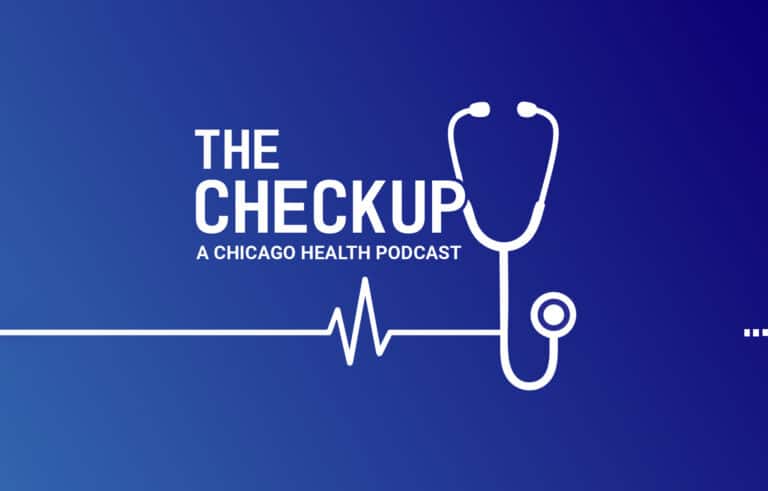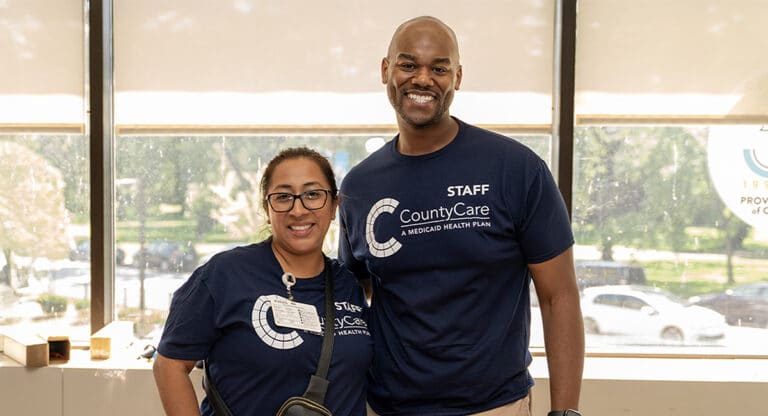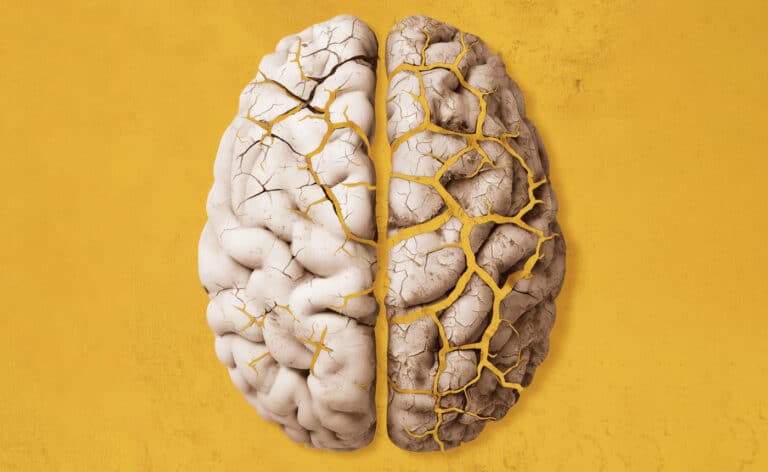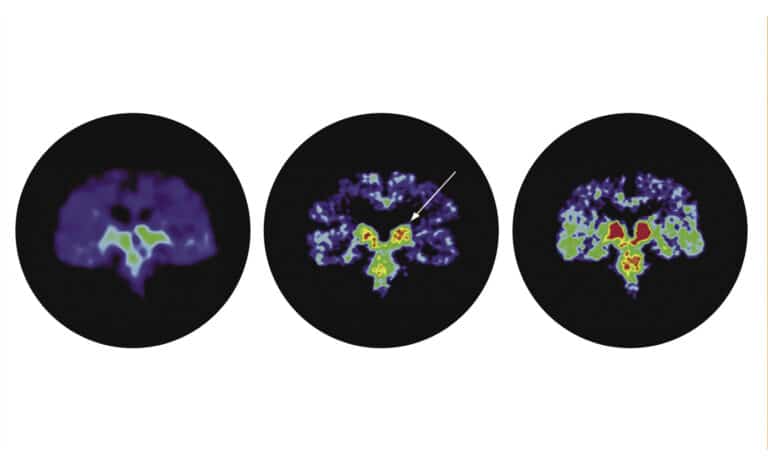Fact checked by Jim Lacy
The effects of stroke, among the top drivers of disability in people over 60, have a new foe in Vivistim. The device stimulates the vagus nerve via a small chip implanted in a person’s chest. The goal: to restore arm function.
The therapy is intended for people six months removed from stroke but still experiencing symptoms, who retain some function in their arm but who have struggled to recover full mobility, says Zachary Bulwa, MD, a neurology specialist with Endeavor Health Medical Group.
One of Bulwa’s patients had lost some hand function 45 years ago due to stroke, and Vivistim successfully helped him use his hand again.
Precisely how vagus nerve stimulation therapy creates new neural pathways is still being researched, but clinical trial data showed that using the device led to improved motor function, and in less time than currently available therapies.
“This appears to be a safe, low-impact type of stimulation,” Bulwa says. Six surgical centers in the Chicago area are currently performing Vivistim implants.
However, Bulwa says, the device doesn’t work magically on its own. “You have to pair it with rehabilitation.” And he’s optimistic that it could expand to aid leg function in the near future.
Above illustration: Courtesy of Vivistim® by MicroTransponder, INC.®
Originally published in the Spring/Summer 2025 print issue.
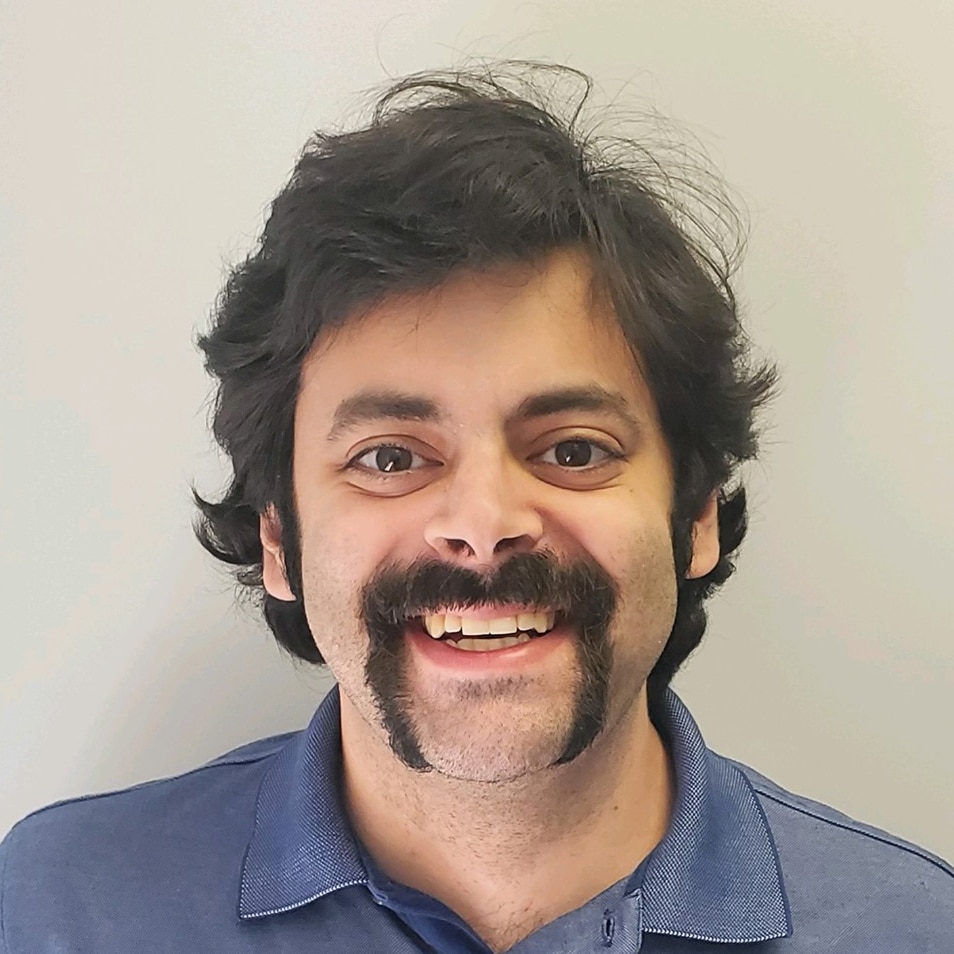
Aaron Dorman is a reporter based in the Chicago area who specializes in environmental and/or technology issues. He doesn’t understand the difference between mostaccioli and baked ziti; thinks it might be a marketing scam.




